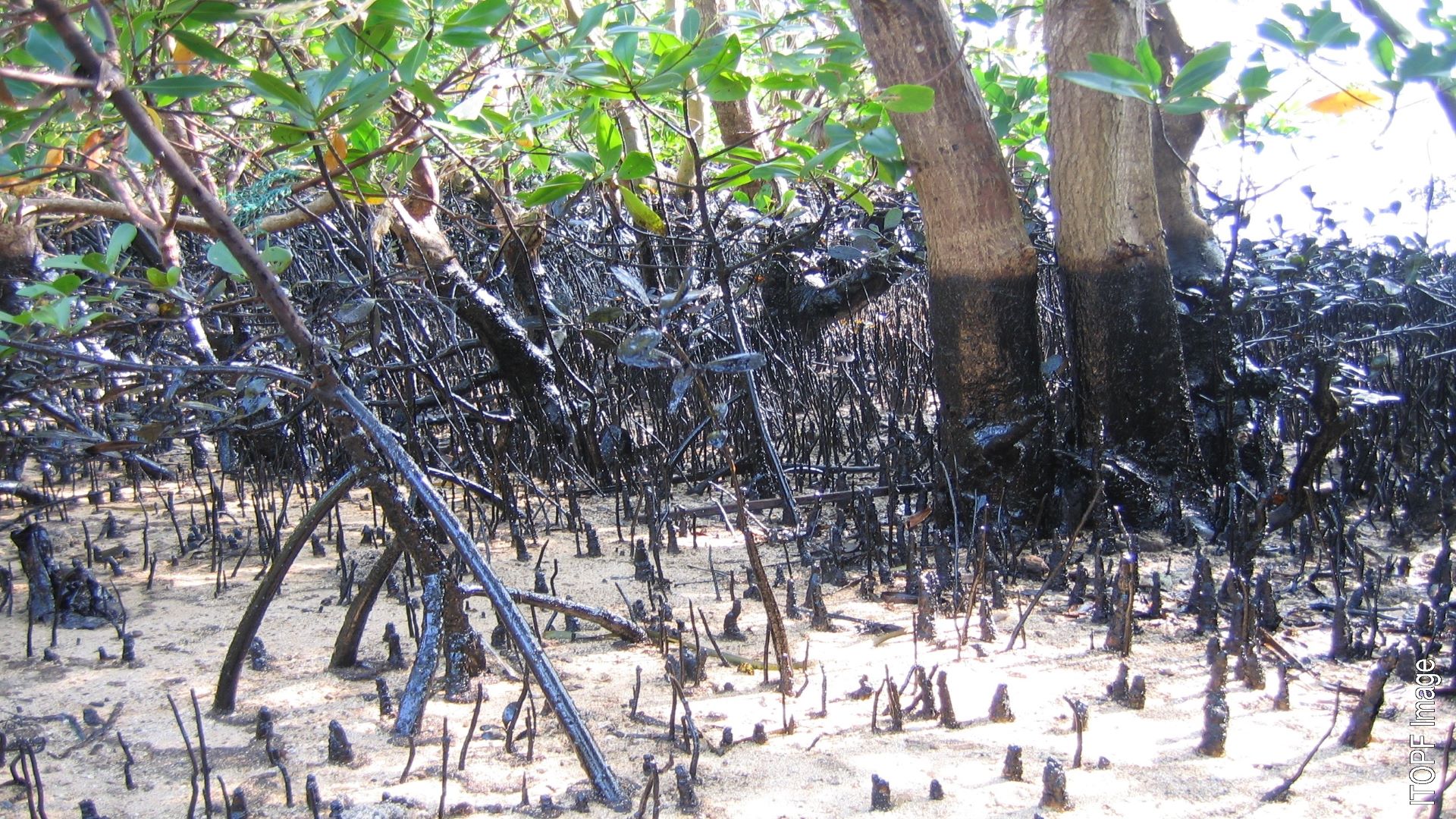The “Blue Carbon and Mangroves” research group is striving to write a series of short articles to cover and apprehend the meaning of the blue carbon ecosystem with the help of Dr. Azlizam (UPM Holdings) and Dr. Benno Boer (UNESCO). To elucidate a discourse on blue carbon in a meaningful way would be the priority of this article. The current article is the second in this series, and it is presumed that this series will be helpful for students, environmentalists, and especially the business community that wants to invest in blue carbon. For a better understanding of this particular piece, it is suggested that the first article should be read.
“When someone hears the term “Blue carbon”, one wonders how can the element carbon have colors? Yes, scientists have differentiated carbon emission and sequestration with eight different colors based on its functions, characteristics and sources. It is also called the “colors of the carbon rainbow.” For a restoration specialist, understanding the spectrum from green to blue is essential. Green carbon refers to the carbon sequestered by terrestrial plants, teal carbon means carbon stored in freshwater and non-tidal wetland environments and blue carbon deals with the carbon sequestered by marine plant and coastal ecosystems. Three key ecosystems, mangroves, salt marshes and sea grasses come under the umbrella of blue carbon. Due to complex methodology to measure or quantify carbon content in salt marshes and seagrasses, mangroves are considered the front runners in blue carbon.
Now the question arises: why blue carbon is important, and what makes it different from other ecosystems? The stored carbon in coastal ecosystems is ten times higher than that in terrestrial ecosystems. A large portion of carbon is stored below ground in the sediments due to the low rate of decomposition in the water-logged, oxygen deprived environment. By removing carbon dioxide from the atmosphere and sequestering it in biomass and sediment, blue carbon is thus an important nature-based solution to climate change mitigation.
Political ecologists and climate financiers talk about “investment” in blue carbon. For the common man, investment means paying upfront capital in the hope of gaining a larger return. So, does it mean investors of blue carbon buy sediments, mangroves, or sea plants? Upfront capital is needed not to buy up these physical carbon stock, but to keep them in place and to enhance their carbon sequestration capacity. Stakeholders need to be compensated for stopping or reducing harvest of wood from mangrove forests; this may involve land rental or concession fees payable to the government, or benefits paid to the local communities. Moreover, since communities depend on it for livelihood, costs will also incur in reaching out to them to raise awareness about protecting these ecosystems and sustainably fulfilling their needs. Money, labor, time and knowledge are needed to restore mangrove ecosystems.
What is the return for these investments? Besides climate change, biodiversity protection and community livelihood benefits, monetary return can be obtained by selling carbon credits generated from these blue carbon ecosystems, albeit more capital is needed to make them into carbon credit production projects. Carbon credits are bought by corporations to offset their obligations under carbon pricing laws, or to boost their environmental, social, governance (ESG) rating and demonstrate that they contribute to the cause of climate change mitigation and other Sustainable Development Goals (SDGs). Some businesses buy carbon credits to be resold to consumers as part of their green product offerings. As many blue carbon projects also come with biodiversity, flood prevention and community betterment benefits, blue carbon credits in the voluntary market could potentially fetch higher price than green carbon credits. In November 2022, the carbon exchange CIX (Carbon Impact X) successfully auctioned 250,000 tons of high-quality blue carbon credits at $27.80 per ton.
Nature-based carbon credit is a form of payment for ecosystem services (PES). Buyers of carbon credits essentially pay for carbon sequestration ecosystem service provided by nature. This ecosystem service needs to be quantified and commodified. The commodification process is now well-established with carbon credit mechanisms, which involve project design, validation by standards authority, verification of measurement by independent auditor, issuance of carbon credit with serial number, and publicly accessible registry that track the cancellation (or ‘retirement’) of carbon credits once they are used as offsets against carbon pricing obligations or voluntary pledge.
There are approximately 80 mangrove species in the world; each species has its own biological peculiarity and each ecosystem live within its unique socioeconomic-political setting. Protection and restoration of mangroves can benefit from the involvement of local communities so that high-quality blue carbon credits can be produced that could benefit the investors, the local communities and the planet. With the establishment of the “Blue Carbon and Mangrove” research group in Universiti Putra Malaysia Bintulu Campus, Sarawak, we hope that this research group can serve as a launching pad in Sarawak for implementation-oriented blue carbon research, devising transferable and reproducible methodologies for the quantification of blue carbon and introducing the concept of investment in blue carbon to the different stakeholders.


